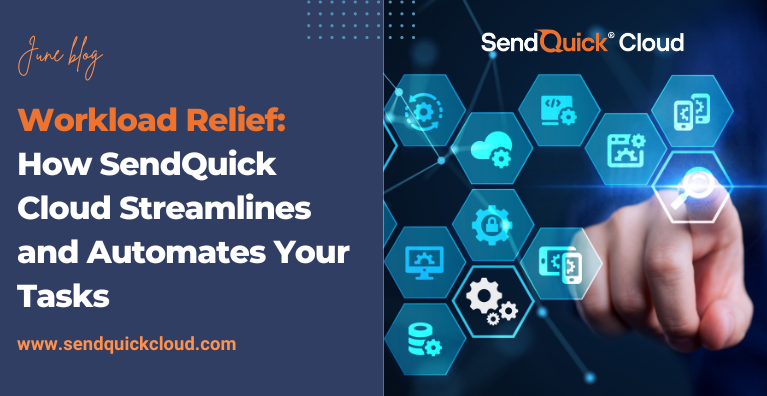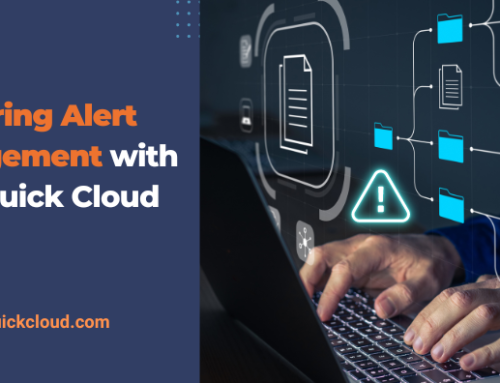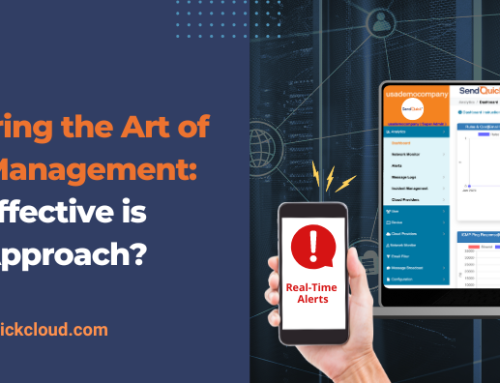In today’s business landscape, the reliance on cloud-based IT systems has become a necessity for efficient operations. However, managing and monitoring IT alerts across these complex systems manually can be overwhelming. To address this challenge, an IT alert management system like SendQuick Cloud offers an ideal solution. This article explores how businesses can leverage SendQuick Cloud to automate and simplify their alert management processes.
Email Filters
Cloud-based IT monitoring systems often generate a high volume of alert. IT staff have to manage these alerts by sifting through them and sending relevant messages to employees. This may be done manually in some companies, but it can quickly lead to alert fatigue as employees become accustomed to the constant notifications. This may lead to important notifications being lost among the ones that are irrelevant to the business.
SendQuick Cloud offers easy-to-use email filters, allowing users to automatically sift through and filter out inconsequential alerts. By reducing alert noise, employees can differentiate and prioritize important notifications effectively.
Roster and User Management
Streamlining the process of alert distribution and response is crucial for prompt issue resolution. SendQuick Cloud simplifies this task through roster management, enabling IT staff to configure employee shifts and ensure that notifications are directed only to on-duty personnel. With user management capabilities, employees receive alerts that are directly relevant to their roles and responsibilities.
Ready-to-Use Omnichannel Messaging Platforms
IT staff may also be tasked with converting alerts into multiple channels of communication so that it reaches the right personnel on time. Companies will often use different channels of communication for different types of alerts, depending on its urgency and severity.
Most IT monitoring systems may not have the tools necessary to send alerts through voice calls or social messenger platforms, but with SendQuick Cloud, IT staff can send automated alerts through any of these omnichannel messaging tools, without having to convert the message manually. This is done by its email-to-text feature, which seamlessly converts email alerts into SMS using policy filters (SMTP-to-Text) and acts as an SMS gateway for the message.
Backward Integration
SendQuick Cloud boasts extensive compatibility and integration capabilities. It can integrate with any application (security, network and applications) as well as all infrastructure management tools (including DCIM, SIEM, NMS, ITSM) as our Email-to-Text feature helps convert any email alert to be compatible with our system. It is also directly compatible with many common public cloud service platforms which modern business use daily.
This compatibility allows SendQuick Cloud to effortlessly slot into any existing IT infrastructure without it having to go through drastic changes to accommodate the new system. This simplifies the assimilation process, reducing the burden on the IT department.
Conclusion
With its robust features, integration capabilities, and user-friendly design, SendQuick Cloud emerges as an invaluable asset for businesses seeking to automate and simplify their alert management processes. By leveraging this system, companies can mitigate alert fatigue, enhance response efficiency, and ensure timely resolution of critical IT issues.
SendQuick Cloud offers many other features. Find out more on https://www.sendquickcloud.com/




